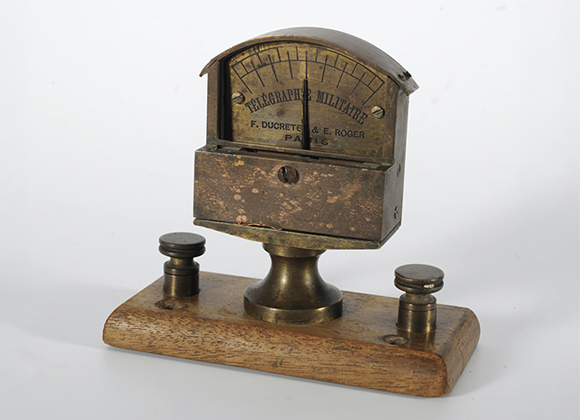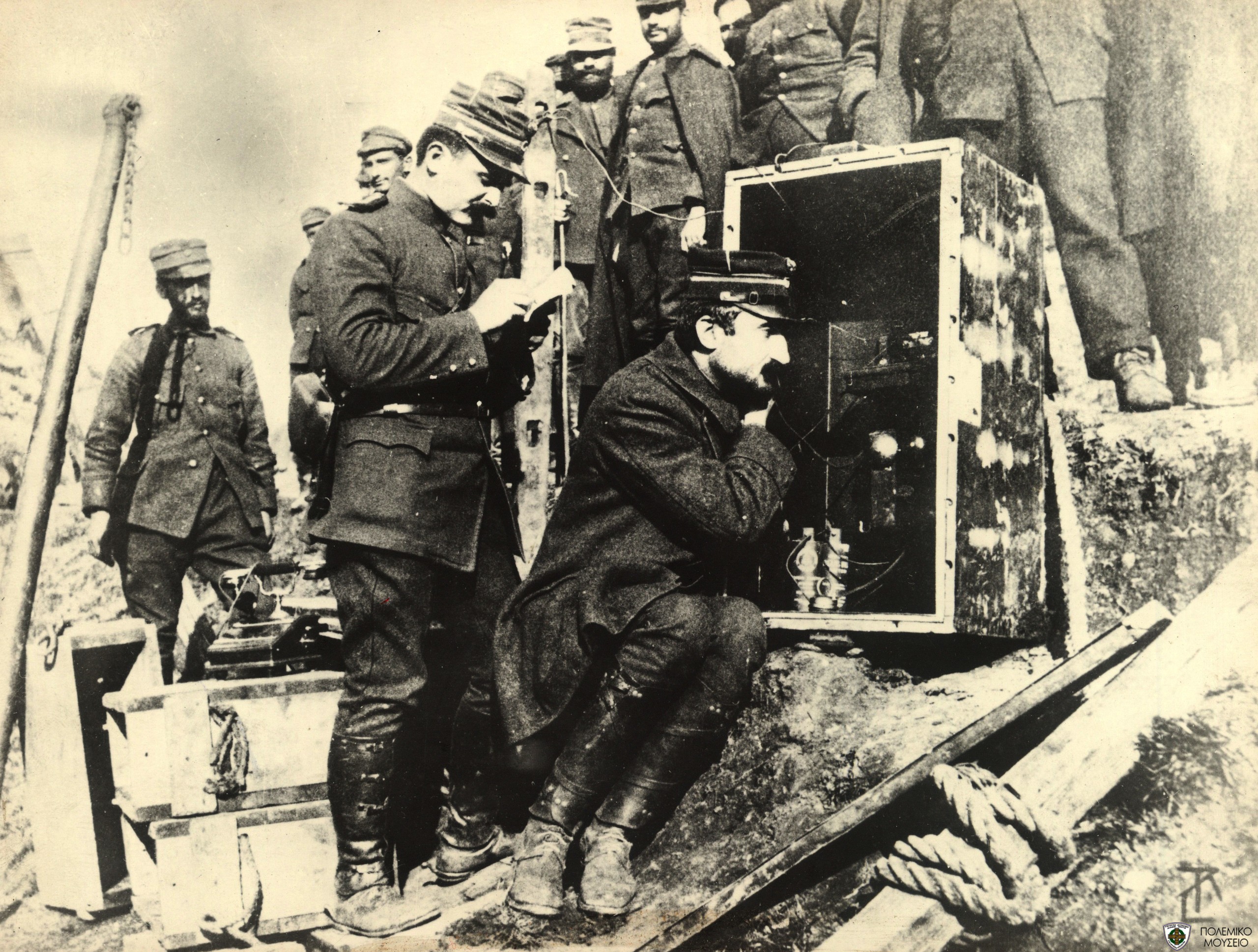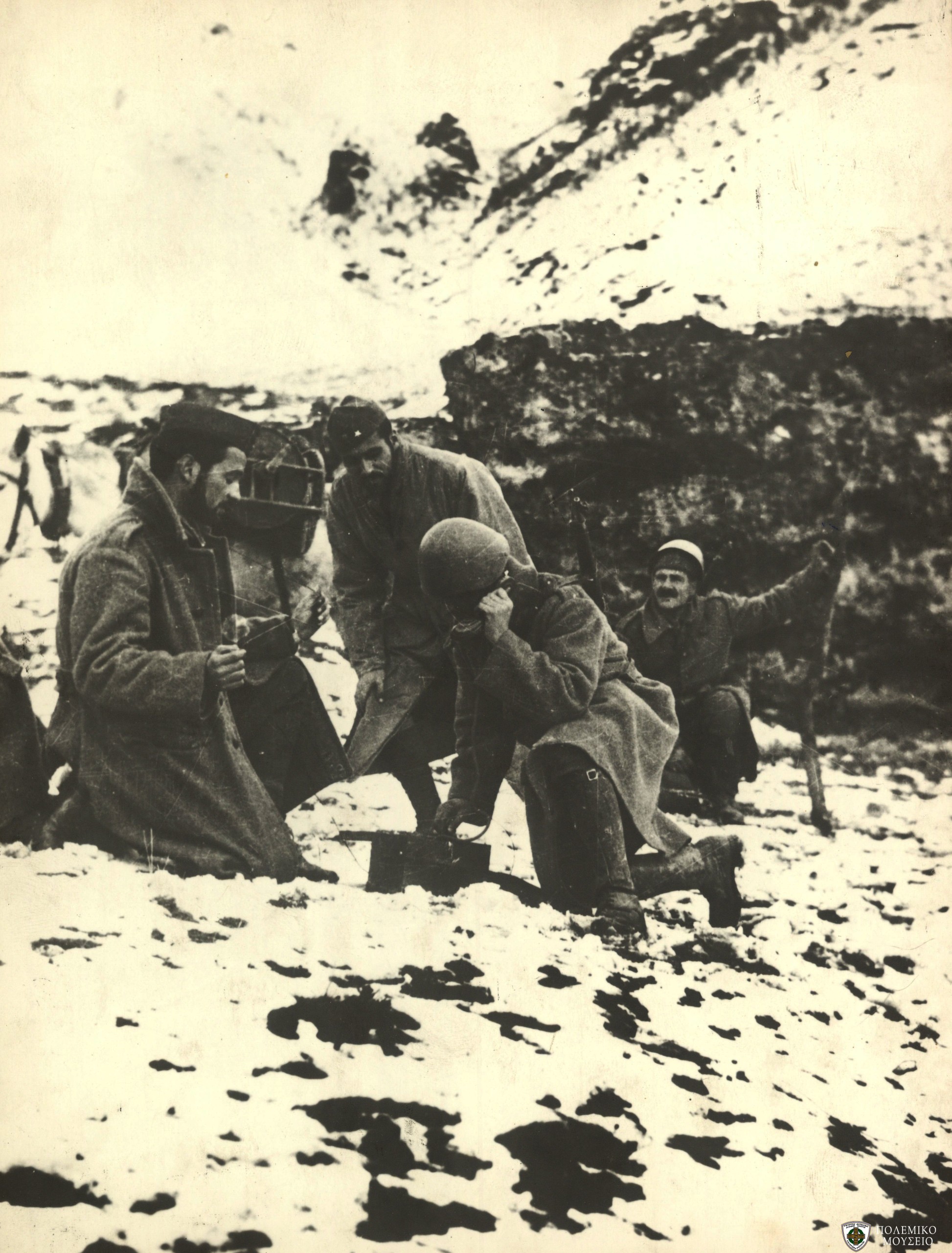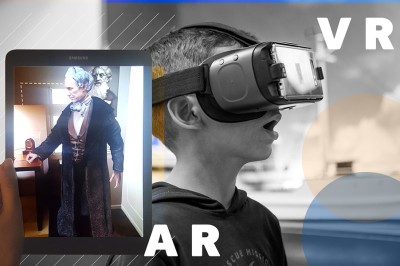Telecommunications and War

War and Peace
In modern military conflicts, telecommunications have become one of the most critical factors in strategic planning and operational action. War is no longer fought solely with soldiers, tanks, and aircraft, but also with communication networks, satellites, tracking systems, and cyberattacks. Today, information has emerged as a “weapon” of power comparable to traditional means of warfare.
In the 19th century, however, the great inventors envisioned telecommunications as instruments of global peace and brotherhood among peoples. At the first conference of the International Telegraph Union in Paris in 1865, representatives of twenty European countries declared: “We have met here as a true peace conference,” and that telegraphy provides “a rapid and unbreakable bond for the scattered members of the human race.”

“[Marconi’s] science and my poetry had become instruments of war.”
Gabriele D’Annunzio
Moreover, at the beginning of the 20th century, there was widespread optimism and a firm belief shared by Marconi himself that wireless telegraphy would serve as an instrument of peace. However, it was precisely this invention of his — the wireless — that brought about a revolution and largely determined the outcome of military conflicts.
Marconi personally took part in three wars (the Boer War in South Africa in 1902, the Italo-Turkish War of 1911, and World War I), promoting his technology and gaining significant financial profit. In several instances, he even supplied equipment simultaneously to both opposing sides, as occurred during the Balkan Wars.
In the Russo-Japanese War of 1905, specifically, wireless communication played a decisive role in the Japanese victory. For this reason, the Japanese honored Marconi with the Order of the Rising Sun. At the same time, the war proved highly profitable for his business ventures: “The war between Russia and Japan has brought quite a lot of money to the Company, and things look very good,” he wrote to his mother in 1905.

World War II: “The Invisible Weapon”
The rapid development of wireless communication, cryptography, and radar during World War II shaped a new reality, in which victory on the “invisible front” of communications could prove just as crucial as victory on the battlefield.
A striking example was the German encryption machine Enigma, used for sending classified military messages. For much of the war, the Allies were unable to “break” its codes. However, the work of the cryptanalysts at Bletchley Park —led by Alan Turing— resulted in the creation of the first electromechanical computing systems (the “Bombes”). When the Allies succeeded in decrypting the communications of German submarines in the Atlantic in 1941, the course of the war changed dramatically.
Equally significant was the use of radar. During the Battle of Britain (1940), the British early warning system provided the Royal Air Force with crucial minutes to prepare for intercepting German bombers. For the first time, the defense of an airspace relied not only on the power of fighter aircraft, but also on the collection and processing of information through surveillance and communication networks.
It was probably this air defense warning technology —the radar, or “death ray”— that Marconi concealed from Mussolini shortly before his death, two years before the outbreak of World War II. In the final months of his life, the Italian inventor grew increasingly concerned about the international situation and reflected “on the role of science as an instrument of peace, not war.”

Telecommunications as a Reflection of Civilization
The Museum of Telecommunications narrates the evolution of communications from antiquity, when systems using signal fires served exclusively military purposes. The “guards of the fire,” or phryctoriae, were soldiers. In contrast, the inventors of the telegraph and the telephone envisioned these new technologies as means of connecting humanity.
And although Marconi would never have exclaimed, like Oppenheimer —the father of the atomic bomb— “Now I am become Death, the destroyer of worlds,” he might well have agreed with him that “Technology is the form of our civilization.”
Telecommunication is no longer merely a tool; it is the imprint of humanity’s values, fears, and dreams upon the world. Through the technologies of communication, we can discern not only progress, but also the moral character of the civilization that created them.

Photographs:
- Optical telegraph during the War of 1940. © 2025 War Museum, Athens
- Component of a French-made military telegraph from the early 20th century. © 2025 War Museum, Athens
- Communications station of the Hellenic Army. Balkan Wars, 1912-1913. © 2025 War Museum, Athens
- Greek signal operators during the War of 1940. © 2025 War Museum, Athens
- Wireless radio operators in the Middle East, 1940-1944. © 2025 War Museum, Athens






